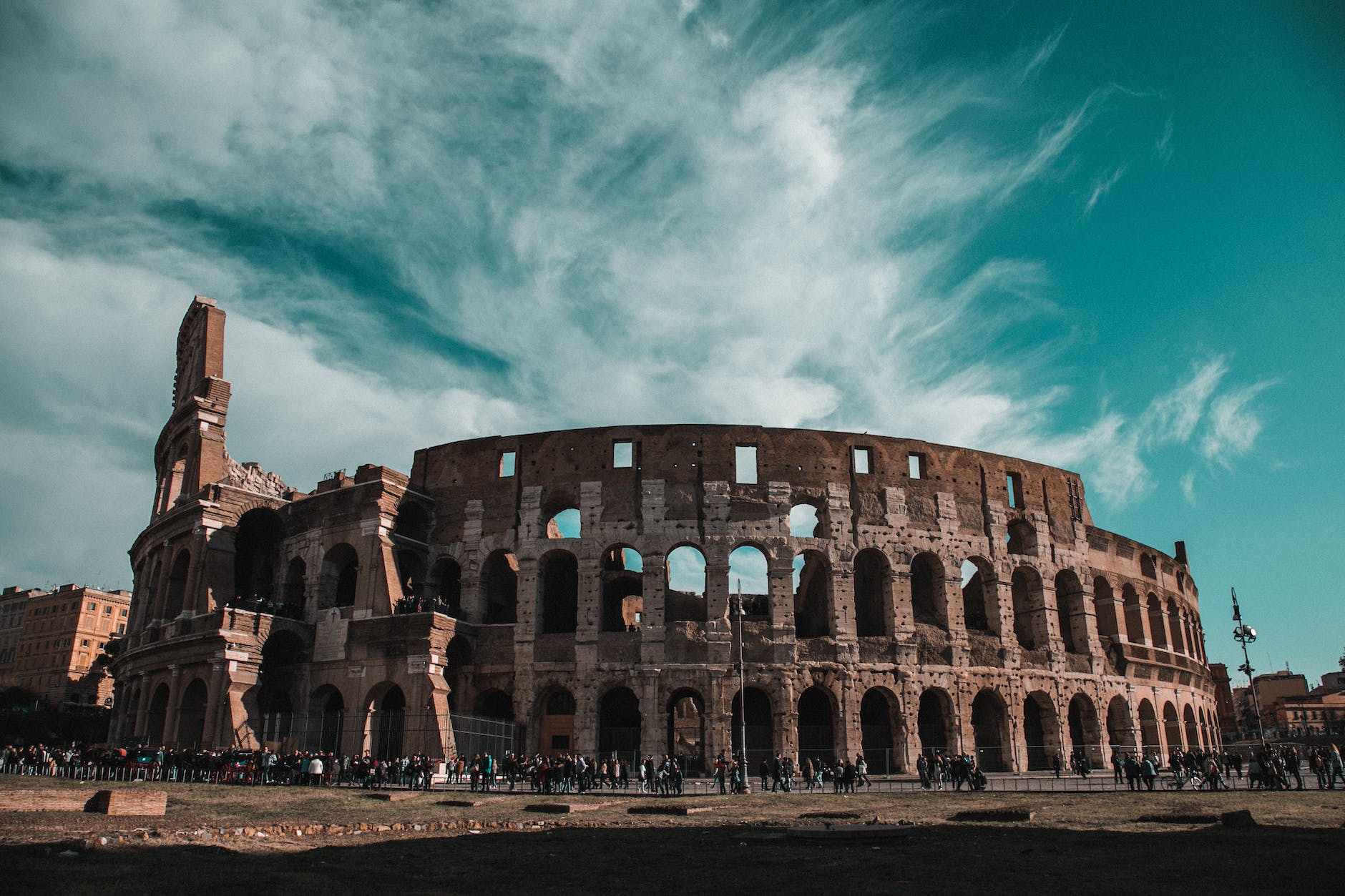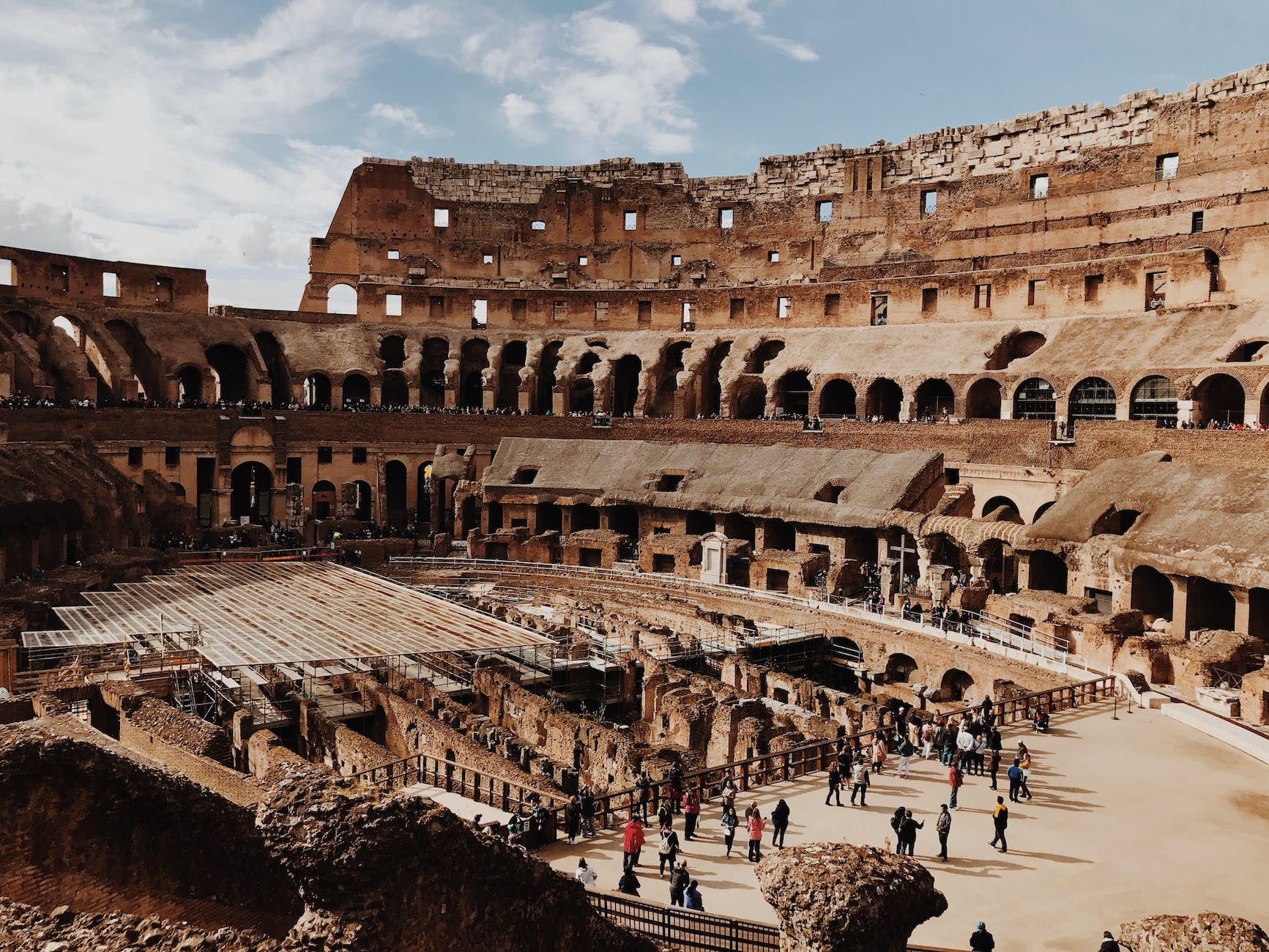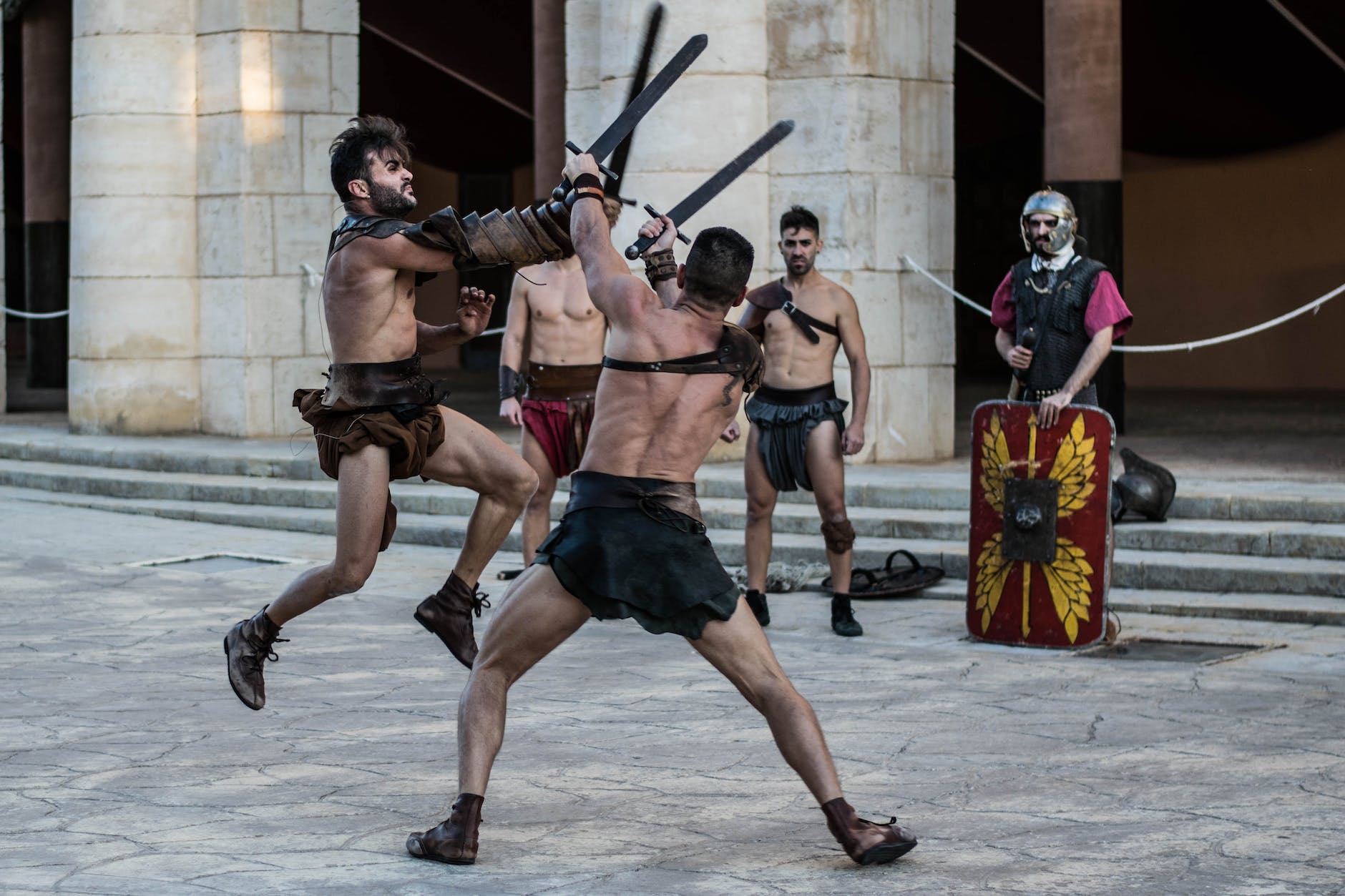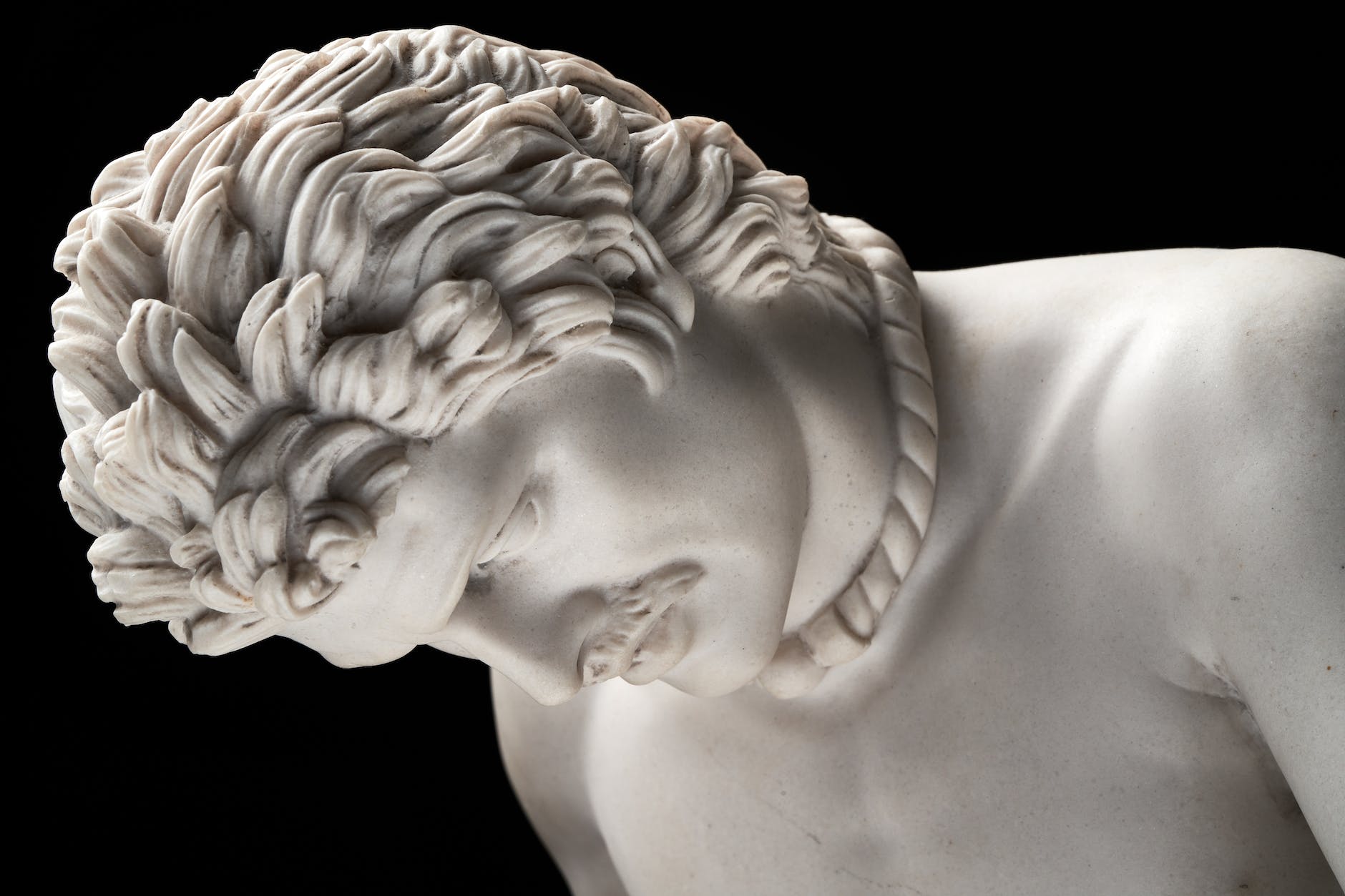
Gladiators were one of the most iconic figures of ancient Rome, known for their brutal and often deadly battles in the arena. However, much of what we know about Gladiators and their lives comes from popular culture rather than historical records.
In this article, we will explore the history of Gladiatorial Games, the life of a Gladiator, the construction of the Arena, and the end of the Games.

Who Were They?
Gladiators were individuals who fought in the Arena for entertainment. They were often slaves, prisoners of war, or criminals who had to fight for their lives.
The Gladiatorial Games were a way to showcase the power of the Roman Empire and to entertain the citizens of Rome. However, despite their popularity, there are still many misconceptions about what really happened in the Arena.

History of Gladiatorial Games
The Gladiatorial Games originated in Rome around 264 BCE. They were held to commemorate the death of a Roman official and involved the fighting of prisoners of war.
Over time, the Games evolved, and different types of Gladiators emerged, each with their own unique weapons and fighting styles.
The Gladiator selection process was rigorous, and only the best of the best were selected to fight. Additionally, the Gladiatorial Games changed over time, from being held in the Forum to being held in the Amphitheater.

Life of a Gladiator
The life of a Gladiator was one of constant training and preparation for combat. They lived in barracks and were trained in various weapons and fighting techniques. They were also given special diets to help them maintain their strength and endurance.
The day of the Games was a nerve-wracking experience for the Gladiator, as they had to face their opponent in a fight to the death. However, despite the danger, many Gladiators were well-rewarded for their bravery in the Arena.

The Arena
The Amphitheater was a crucial part of the Gladiatorial Games. It was a massive construction, often shaped like an oval, which could hold up to 50,000 spectators.
The audience played an important role in the Games, and they often cheered for their favorite Gladiator or taunted their opponents.
The different types of Gladiator matches included fights with wild animals, one-on-one combat, and group battles. The Emperor often had the final say in the outcome of the Games.

The End of the Games
The Gladiatorial Games began to decline in popularity around the 3rd century CE.
Some historians believe that the Games were banned by the Christian Emperor Constantine, who saw them as immoral.
Others believe that the cost of maintaining the Amphitheaters and the Gladiators was too high.
The last recorded Gladiatorial Games took place in 404 CE, and after that, the Games became a thing of the past.

